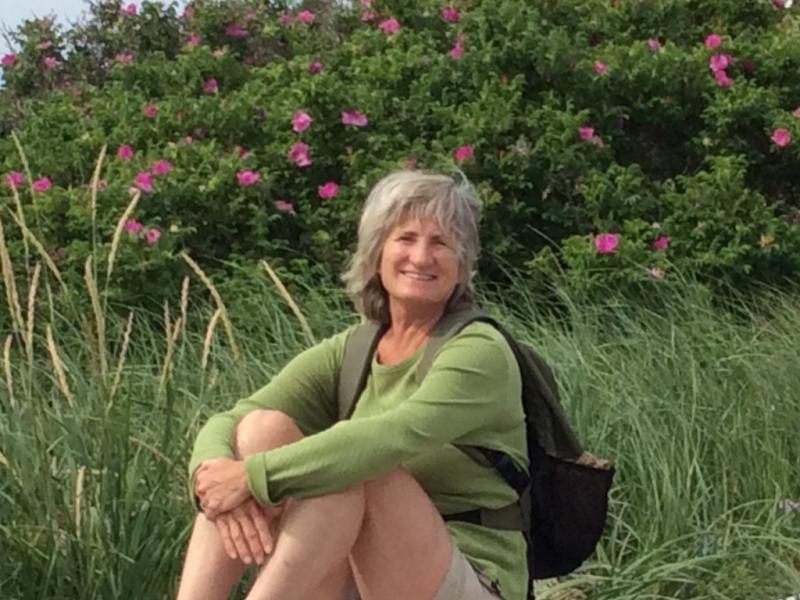“Is this a coordination test?” Carole asked, as I instructed her to sit on the floor to do an exercise. “Yes, it is. Why are you asking?” I inquired.
“Because it is hard getting up from the floor.”
“Perfect! I’m having you do something that’s not in your comfort zone.”
Our ability of getting up from the floor is lost as we age, mostly because it is a fear-based thought.
We lose our balance, coordination and dexterity because we do not challenge ourselves. We cannot ignore our bodies as we once did in our younger years. In fact, we take what we possess mentally and physically for granted.
Physical changes reflect mental changes and strong bodies lead to strong minds.
Do one thing every day that scares you.
– Eleanor Roosevelt
From age 30 on, we must strengthen our muscles to hold up our bones. Exercise will strengthen our body and improve our mental capacity. With improved balance, there is increased cognitive ability.
Standing requires more mental attention and more physical effort than sitting.
Most of us do not fully use our leg muscles when we stand. Pelvis is tilted forward, we tend to slouch and forget that our spine is curving forward whether we are standing or sitting. We walk loosey-goosey.
When a person stands in good alignment, using proper posture, the ear lines up directly over the shoulder. The shoulder lines up with the pelvis and the pelvis lines up with the knee. Finally, the knee lines up with the ankle and the body becomes efficient in performing tasks. There is improved energy flow in this stance for executing physical and mental activities and there is less chance of physical injury. We need to stand tall with our heads facing forward as we walk, as we go up and down steps or with any ambulatory movement. Our proprioception system helps us maintain the body-mind connection.
The proprioception system the unconscious and conscious awareness of movement and spatial orientation to where our bodies are in relationship to the environment. For example, when we start walking backwards, you do not have to look where we are placing our foot.
We receive information about our body’s position from the muscle spindles within our muscles and tendons. The brain integrates this information by sensing movement, enabling us to know where our limbs are in space without having to look at them. It is necessary to have this self-perception in everyday movements and activities. Precise coordination is essential to avoid accidents and injury during our daily and recreational activities.
As we age, we rely less on this system. We tend to challenge ourselves less and start walking with shorter steps. Instead of stepping over the obstacle in front of us, we will walk around it, aiming to avoid it completely. We look at our feet and hold on t anything near us. Some people lean forward to grab onto a structure instead of walking toward its holding on for support. By doing this, they override the proprioceptor system in their body.
These patterns then become habits.
When was the last time you climbed a ladder? Rode a bike? Or danced the grapevine step? These movements are stored in our body cause we have performed them in the past and they are now dormant. The nerve pathways to these activities are similar to unmaintained roads in Maine. They are now rough and challenging, sometimes closed.
When asking my client to do an exercise such as sitting on the floor, I am breaking up the cobwebs in her neuro pathways. Initially the movement is perceived to be hard, as if she never performed it before. After a few attempts, the movement pattern returns to her memory and she is able to get back up from the floor without a problem.
The saying, “use it or lose it” is very true. The less you do, the less you do. All activities are stored in the mind and the longer they stay in storage, the dustier they become. We all need to expand and challenge our capabilities as we age.
A few years ago, I was hiking with a friend in California. We came across a stream where we had to jump from rock to rock to cross over the water. I stepped onto the first rock and became fearful of my ability to jump to the next rock. I realized what was happening. I was afraid to jump in case I fell or missed the rock. This was not a big deal because the water was only 6 inches deep.
My friend noticed my long hesitation. She hopped over and was waiting for me on the other side. I recognized that I hadn’t hopped onto stones in several years and it felt foreign to me. Understanding this, I gave myself a pep talk and hopped from rock to rock without incident. This was a major epiphany for me, because I can now understand what my client was feeling when she said, “This is hard” to my request to sit on the floor.
True fear is a survival tool and yet fear can be our enemy. Fear of trying something new or trying something you did years ago, can limit you in living life. We play it safe and being safe can be narrow minded and be a factor of accelerated aging.
Step out of your comfort zone and explore the world. Practice sitting on the floor and getting up from the floor.
DISCOMFORT IS A PREREQUISITE FOR GROWTH.
Roe Chiacchio RN, CPT, CDP, can be reached at roechiacchio@gmail.com



























